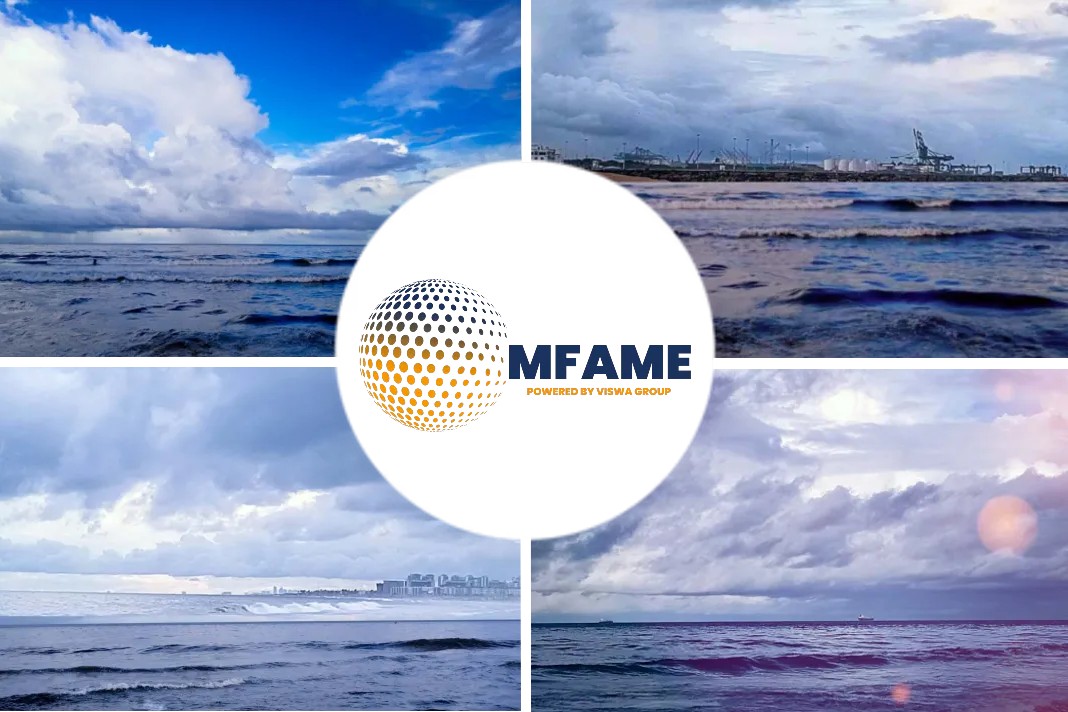According to an article published in Seatrade Maritime News, using LNG as a marine fuel alone will not be enough to reach the IMO’s 2030 emission reduction targets says K-Line chief Yukikazu Myochin.
IMO has brought significant changes
In his New Year message K-Line president and CEO Myochin noted the start of the IMO 2020 low sulphur marine fuel regulation from 1 January this year which was a significant change for the industry and that “even greater challenge lies ahead in reducing greenhouse gases (GHG)”.
Under its “Environmental Vision 2050” K-Line is building an LNG-powered car carrier, involved in LNG bunkering with Shell in Singapore, as well as the Chubu region in Japan.
Study of new technologies
“However, we cannot reach IMO’s 2030 targets by simply switching diesel oil to LNG fuel; on top of that, we must continue to study new technologies as “LNG + (plus)”, such as the self-flying energy kites announced last year that utilize wind power,” he stated.
HySTRA research project
“Furthermore, in order to reach our 2050 goals, we will accelerate research in alternative fuels such as ammonia, and methanation fuels in addition to hydrogen participated in the demonstration of shipping liquefied hydrogen through HySTRA in last November.” HySTRA, or the Hydrogen Supply-chain Technology Research Association, launched the world’s first ocean-going liquefied hydrogen carrier, the Suiso Frontier, in December last year.
Did you subscribe to our daily newsletter?
It’s Free! Click here to Subscribe!
Source: SeatradeMaritimeNews

















